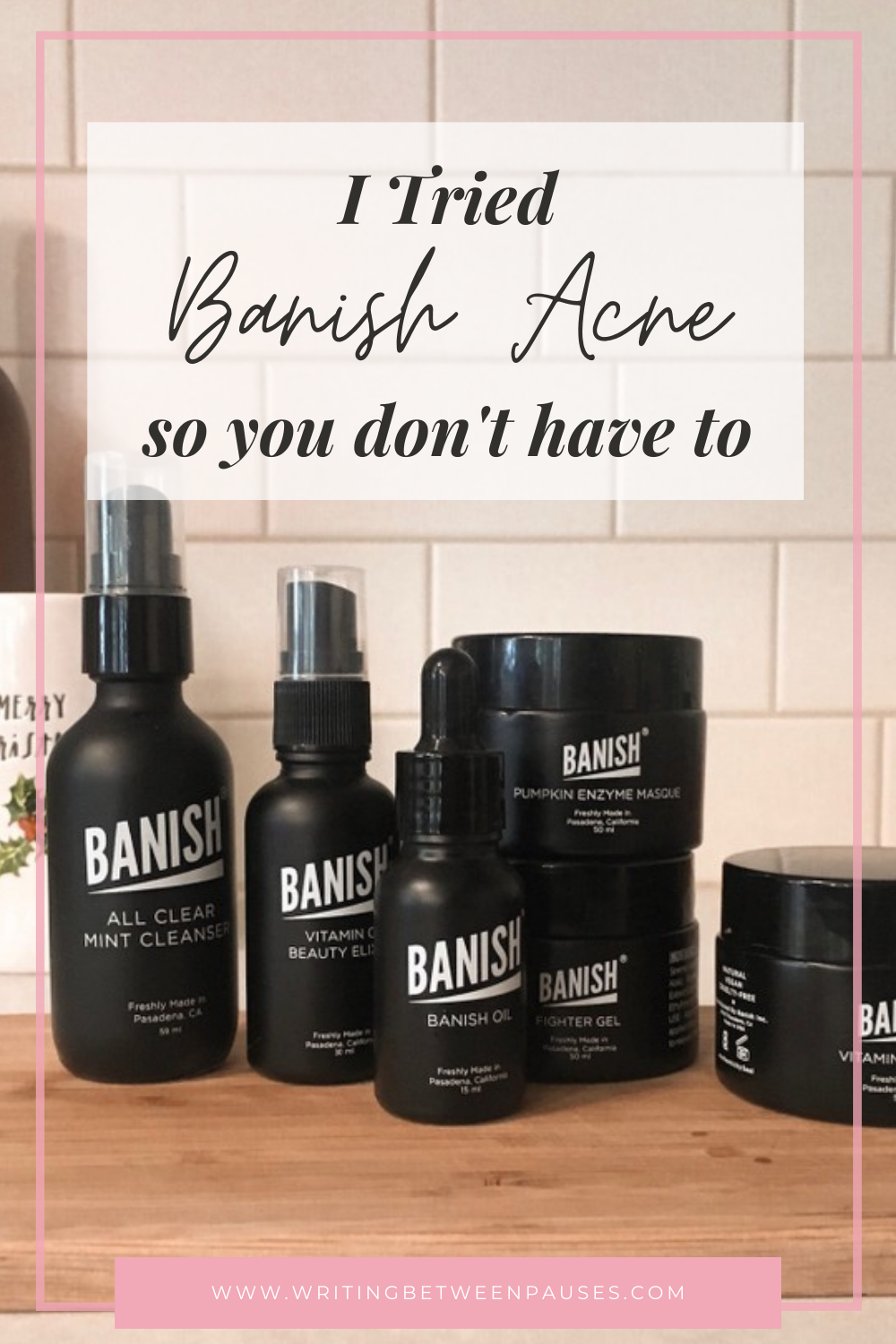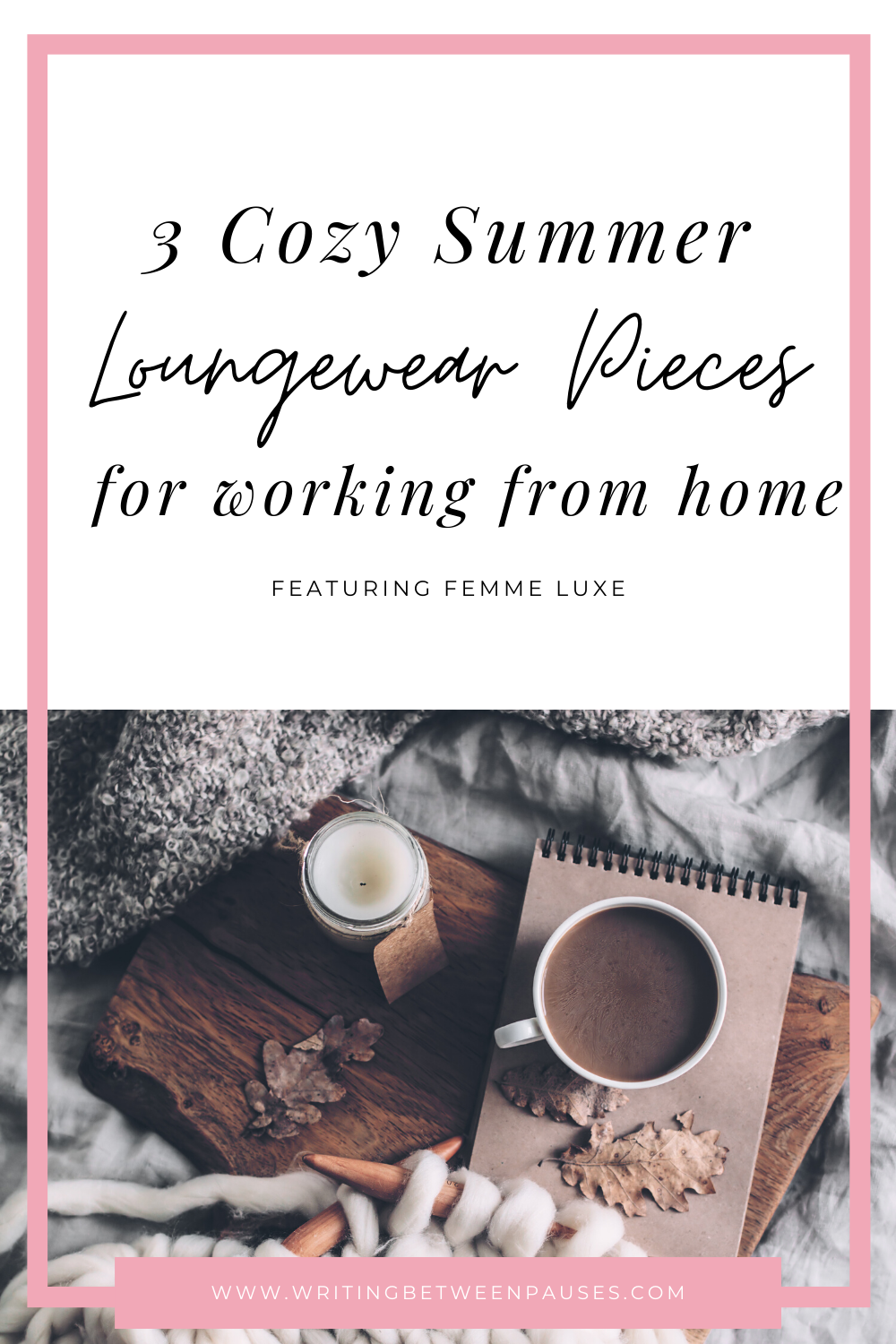A few weeks ago, Banish approached me about reviewing their line of acne fighting products. I, of course, said yes. I love trying new skincare products, even if it’s not what I write about everyday. And I don’t know about you, but ever since March, my skin has been absolutely out of control. Stress, masks, the fires in September… it felt like my skin was being attacked every day!
Banish kindly sent me the Banish Starter Kit, plus the All Clear Mint Cleanser. As you might know, I’ve struggled with my skin for most of my life. A few years ago, a combination of going dairy free and using jojoba oil religiously gave me the best skin of my life. However, times change, our bodies changed, and what used to work doesn’t work anymore. Story of my life, am I right?!
Here’s a quick and easy review of the products I received and how I liked them!
The Banish Starter Kit
The Banish Starter kit is one of the best, all-inclusive sets Banish offers. If you’re looking to really rejuvenate your skincare routine, this is the one for you.
Banish focuses primarily on Vitamin C and all natural ingredients to help fight acne, plus reduce the appearance of scars and hyper pigmentation caused by acne.
Here’s what comes in the Starter Kit and what I thought of it:
Banish Oil: this is a vitamin C serum that is intended to help reduce the look of acne scars. I liked this oil, but found that as far as a serum goes, it wasn’t my favorite. It made my skin feel really sticky and grimy. But that being said, I did notice an improvement in my scarring on my chin!
Vitamin C Beauty Elixir: this is a facial mist that gives a boost of Vitamin C and moisture. It’s great for applying throughout the day. I kept this on my desk for days when I felt rundown and in need of a little extra TLC.
The Banisher 2.0: This is a microneedler. I’m not here to tell anyone what to do necessarily, but this is the one product I disliked the most. I don’t believe in microneedling, but mostly just believe that you should leave this to the professionals. I was personally too scared to use this, so I didn’t. However, I know some do love using it! It’s just not for me.
The Pumpkin Enzyme Masque: This was my favorite product. It smells like pumpkin; it makes your skin feel amazing; and it contains AHAs and BHAs that act as natural exfoliators. On the days after I used this mask, my skin definitely felt 100% better and I noticed my redness that I get at the beginning of my cycle was diminished a lot.
Fighter Gel: This gel is a water-based, aloe vera gel that helps calm redness and inflammation, as well as other skin complaints. It smells incredibly mentholated, however, so be careful of that. I did really like this gel! It makes your skin feel very soft and soothed!
Vitamin C Creme: I’m on record as saying Vitamin C all over my face tends to make me break out bad. However, this cream was an exception! It’s 20% vitamin C and is heavy enough for a winter moisturizer. I used it at night and loved how soft it made my skin!
All Clear Mint Cleanser
I love a good cleanser! This cleanser is a gel-based one with chamomile leaf, mint, and vitamin B5—all intended to get your face clean while reducing inflammation. This was really the perfect morning cleanser; really light, but with a smell and feel that is perfect for a wake up call!
Who is Banish best for?
If you’ve had acne most of your life, or cystic acne at any point, you probably have some scarring. I know I do. My chin is a wreck these days thanks to several years of pretty bad cystic acne break outs. Banish is designed to soothe existing break outs and skin conditions, while also fading those scars and areas of hyper pigmentation. If you struggle with any of those issues, Banish is definitely worth a try.
Even better, it’s just nice to be able to get everything in one go: moisturizer, cleanser, etc. It’s nice to have one line up to turn out! Some items are definitely better than others, but overall, I think there is potential for every product to work for somebody who needs it.
Final Thoughts
If you are struggling with your skin’s texture or appearance due to scars, I think this is a line that will work perfect for you. To try Banish, visit their website here. Thank you again to Banish for sending me these products to try!
Disclaimer: As denoted by the asterisk (*) in the title of this post, I received products for free in exchange for a review. However, all opinions remain my own! If you’d like to learn more about my disclosure policy, click here.

















